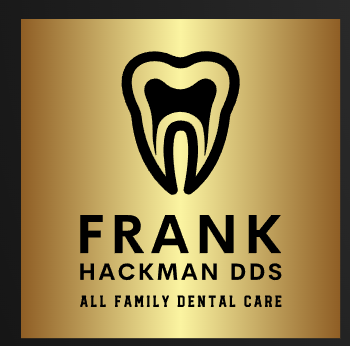Ultrasonic Dentistry Cleaning Solutions for Instruments is a process that involves the use of ultrasonic energy to remove debris from dental instruments and other surfaces. This method is much more effective than manual scrubbing. However, there are several factors to consider before choosing an ultrasonic cleaner. Besides, it is important to follow the manufacturer’s instructions so that you can clean your dental instruments safely.
First, you must select an ultrasonic cleaner that is formulated for your facility’s specific needs. The American Dental Association (ADA) and the Food and Drug Administration (FDA) recommend ultrasonic cleaners for dental instrument cleaning. Using an ultrasonic dentistry cleaning solution will help to protect your patients by reducing the spread of infectious diseases. In addition, ultrasonic dentistry cleaningsolutions are more effective than mechanical scrubbing.
To prepare for the ultrasonic dentistry cleaning process, you should remove any dirt or debris that may be on your dental instruments. For instance, if your instruments have been contaminated with saliva, blood, or plaque, these should be removed before the sonication begins.
After removing the debris, it is time to immerse the dental instruments in the cleaning solution. Be sure to keep the solution at a temperature that is below 42degC. You must also change the solution often. Doing so will prolong the life of the ultrasonic bath.
Ultrasonic baths work by creating billions of tiny vacuum bubbles that create a powerful “scrubbing” action. These microscopic bubbles can reach into even the tiniest cracks and remove debris from the surface.
Another way that ultrasonic cleaners can be used to remove contaminants from dental instruments is by using a multi-frequency unit. Such units are particularly effective at removing difficult-to-remove contaminants. By selecting a cleaner that offers multiple cleaning modes, you can be assured that your tools will be thoroughly disinfected and sterilized.
Once you have selected the right ultrasonic cleaner, it is time to begin the cleaning process. Most ultrasonic cleaners are equipped with a handle that suspends the object to be cleaned. Use the Degas button to release trapped air in the cleaning solution.
Before starting the cleaning cycle, be sure that the ultrasonic dentistry cleaning solution is kept at a temperature that is below 42degC. Once the cleaning cycle has ended, rinse the instruments in water to remove the residual solution. It is also important to discard prophylaxis cups.
Sterilization is a crucial step in maintaining a functional dental practice. Besides, it also helps to reduce staff exposure to dangerous contaminants. When done properly, your clinic should experience increased productivity and improved cleaning effectiveness.
If you want to clean your dental instruments efficiently and effectively, you should purchase an ultrasonic cleaning solution that is EPA registered. The solution should be diluted to the recommended concentration. Additionally, the enzyme cleaner should be used for a certain amount of time. Your chosen ultrasonic cleaning solution should be purchased from a reputable company that provides customer service.
There are many different types of ultrasonic cleaners on the market today. Some models are designed for more complex surfaces, while others are specifically geared for removing soils from dental instruments.
The Benefits of Ultrasonic Cleaning for the Dentistry
Ultrasonic Cleaning in Dentistry – A Guide for Professionals




